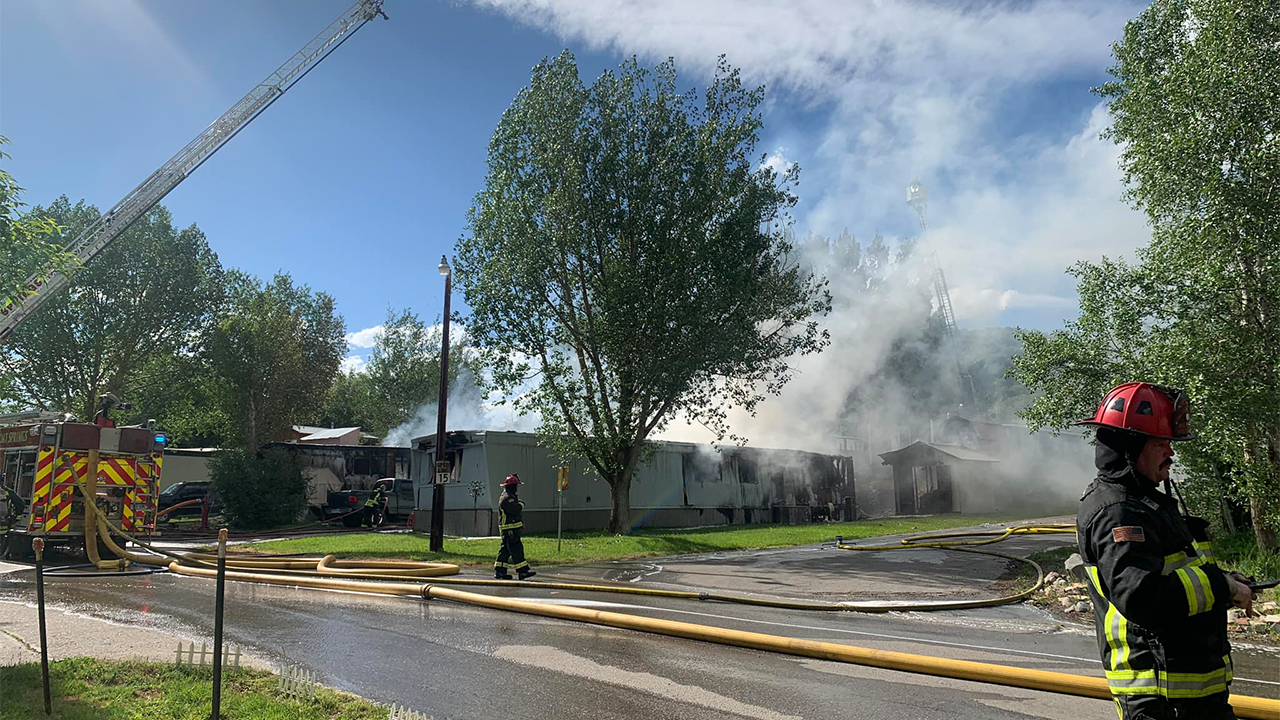When the Supreme Court knocked down a core part of the Voting Rights Act in 2013, Chief Justice John G. Roberts Jr. argued that some of the law’s protections against racial discrimination were no longer necessary.
He wrote that the once-troubling turnout gap between white and Black voters in areas with histories of discrimination at the polls had largely disappeared, and that “the conditions that originally justified” the civil rights law’s attention to these places, mostly in the South, no longer existed.
But a new, yearslong study by the Brennan Center for Justice, a nonpartisan think tank focused on democracy and voting rights issues, suggests otherwise.
Before the decision, counties with a history of racial discrimination at the polls were required to obtain permission from the Justice Department before changing voting laws or procedures. This was known as “preclearance” under Section 5 of the Voting Rights Act, and it was the Supreme Court’s 2013 decision in Shelby County v. Holder that effectively killed this part of the law.
Since that decision, the gap in turnout rates between white and nonwhite voters “grew almost twice as quickly in formerly covered jurisdictions as in other parts of the country with similar demographic and socioeconomic profiles,” the Brennan study found.
The “racial turnout gap” refers to the difference in the percentage of eligible white and nonwhite voters who cast a ballot in a given election. This gap is watched closely by voting rights groups and civil rights leaders as an indication of potentially harmful laws or procedures that could have suppressive effects on communities of color.
According to the group’s report, the turnout gap between Black and white voters in those former Section 5 counties has grown by 11 percentage points since the Shelby decision, between 2012 and 2022. The study relied on nearly one billion voter files to estimate that, had the decision never occurred, the white-Black turnout gap would have nevertheless grown, but by just six percentage points.
Though that difference may appear small, the study’s authors contend that such gaps are “potentially huge” in modern politics: Since 2012, at least 62 elections for Senate, governor and president in states with Section 5 counties were decided by under five percentage points.
“Obviously, it matters from a moral standpoint, but it also matters because the margins are significant, particularly given how close elections are around the country,” said Kareem Crayton, a senior director for voting rights and representation at the Brennan Center.
After the Shelby decision, state legislatures across the country passed an array of new voting restrictions, including new voter ID laws, and they purged hundreds of thousands of names from voter rolls. But turnout is affected by a number of things, including the time it takes to vote and other motivational factors like close races or polarizing candidates, making for an imprecise statistic for trying to measure the affect of those laws, many argue. And the impact of the Supreme Court decision in 2013 was far wider than simply new voting laws; any number of voting procedures such as changing polling locations or cleaning voter rolls were no longer subject to federal approval.
“Do we know that Shelby County changed election laws? Yes,” said Bernard Fraga, a professor of political science at Emory University in Atlanta. “How does that impact turnout? Turnout is downstream, it is impacted by election laws, it is impacted by people’s reaction to election laws, how competitive elections are — a number of other factors that make it difficult to look at turnout and say now we can judge the impact of the Shelby County decision.”
Most attempts at quantifying the racial turnout gap have relied on statistics such as the census and political surveys like exit polls. The Brennan Center survey relied on those voter files — detailed data about voters’ history and habits — from every federal election since 2008 to assess the gap, contending that an analysis of those records offers a more complete picture.
The authors noted that statistical limitations prevented them from estimating a total number of votes lost because of the Shelby decision.
More broadly, the report’s findings support what voting rights activists and experts say is an alarming inflection point in the country’s broader democratic foundations. After the Voting Rights Act and the civil rights movement of the 1960s, participation by nonwhite voters grew for decades. That’s no longer the case.
The study identified a significant racial turnout gap nationwide, beyond the counties previously covered by Section 5. In the 2020 election, 9.3 million more people would have voted if nonwhite voters had participated at the same rate as white voters. In the 2022 midterms, that total would have been 13.9 million ballots.
The gap persisted across education and income lines. Though turnout drops across all racial and ethnic lines in lower-income communities, poorer white voters still turn out at a higher rate than their nonwhite peers, according to the study.
The widening turnout gap is a “big deal,” said Jake Grumbach, a professor of policy at the University of California, Berkeley. “Democratic institutions in the U.S. were getting healthier since 1965. And this is the first time the trend has reversed, really, in the post civil rights era. And so I think that’s the damaging point.”
Many other factors contribute to voter turnout. Still, the total number of “missing” votes is most likely large, the study contends.
“By the 2022 midterms, the Shelby County effect cost hundreds of thousands of ballots cast by voters of color in the formerly covered counties in each federal general election,” Mr. Crayton said. “And we know that even a fraction of that number can make a difference in an election or in awarding a state’s electoral votes.”






